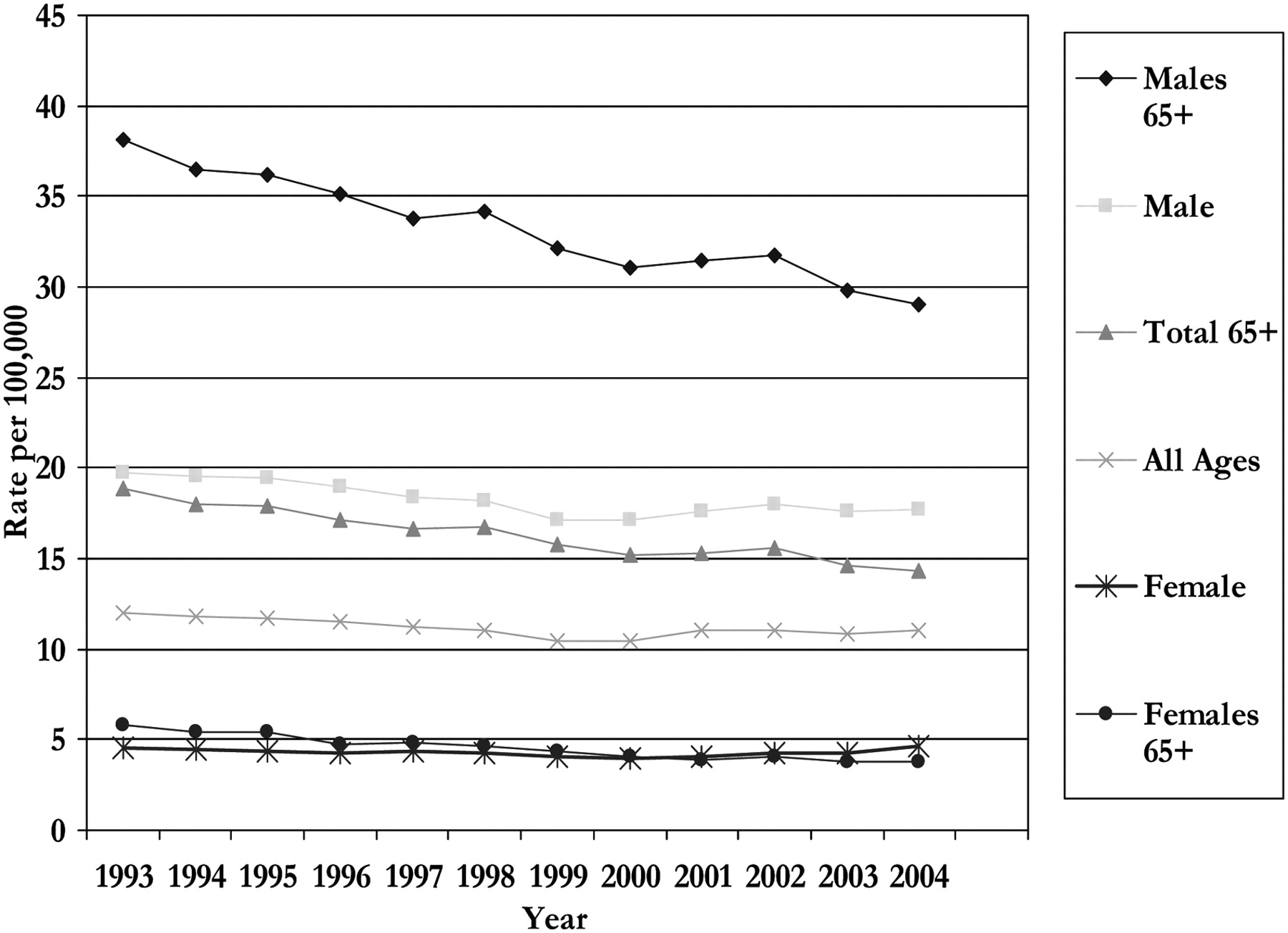Strategies for the Prevention and Treatment of Suicidal Behavior
Abstract
CLINICAL CONTEXT
CURRENT STATISTICS ABOUT DEATH BY SUICIDE

PSYCHIATRIC DISORDERS ASSOCIATED WITH SUICIDAL BEHAVIOR
DEPRESSION AND DEATH BY SUICIDE
RISK FACTORS AND SUICIDAL BEHAVIOR
COMMUNICATION PROBLEMS BETWEEN PATIENTS AND HEALTH PROFESSIONALS
DIVERSE RISKS ASSOCIATED WITH DEATH BY SUICIDE
Treatment strategies and evidence
INTERVENTION AND AWARENESS OF SUICIDAL BEHAVIOR AND MENTAL ILLNESS
NEED FOR EXTENSIVE TRAINING FOR HEALTH PROFESSIONALS IN TREATMENT AND PREVENTION STRATEGIES
The role of “simple” interventions
ACCURATE PRESCRIPTION OF ANTIDEPRESSANTS
ACHIEVING REMISSION THROUGH LEVELS OF TREATMENT
QUESTIONS AND CONTROVERSIES
RECOMMENDATIONS FROM THE AUTHORS: THE MOST EFFECTIVE AND CONTEMPORARY MEDICATION AND THERAPEUTIC TECHNIQUES FOR SUICIDALITY
REFERENCES
Information & Authors
Information
Published In
History
Authors
Funding Information
Metrics & Citations
Metrics
Citations
Export Citations
If you have the appropriate software installed, you can download article citation data to the citation manager of your choice. Simply select your manager software from the list below and click Download.
For more information or tips please see 'Downloading to a citation manager' in the Help menu.
View Options
View options
PDF/EPUB
View PDF/EPUBGet Access
Login options
Already a subscriber? Access your subscription through your login credentials or your institution for full access to this article.
Personal login Institutional Login Open Athens loginNot a subscriber?
PsychiatryOnline subscription options offer access to the DSM-5-TR® library, books, journals, CME, and patient resources. This all-in-one virtual library provides psychiatrists and mental health professionals with key resources for diagnosis, treatment, research, and professional development.
Need more help? PsychiatryOnline Customer Service may be reached by emailing [email protected] or by calling 800-368-5777 (in the U.S.) or 703-907-7322 (outside the U.S.).

